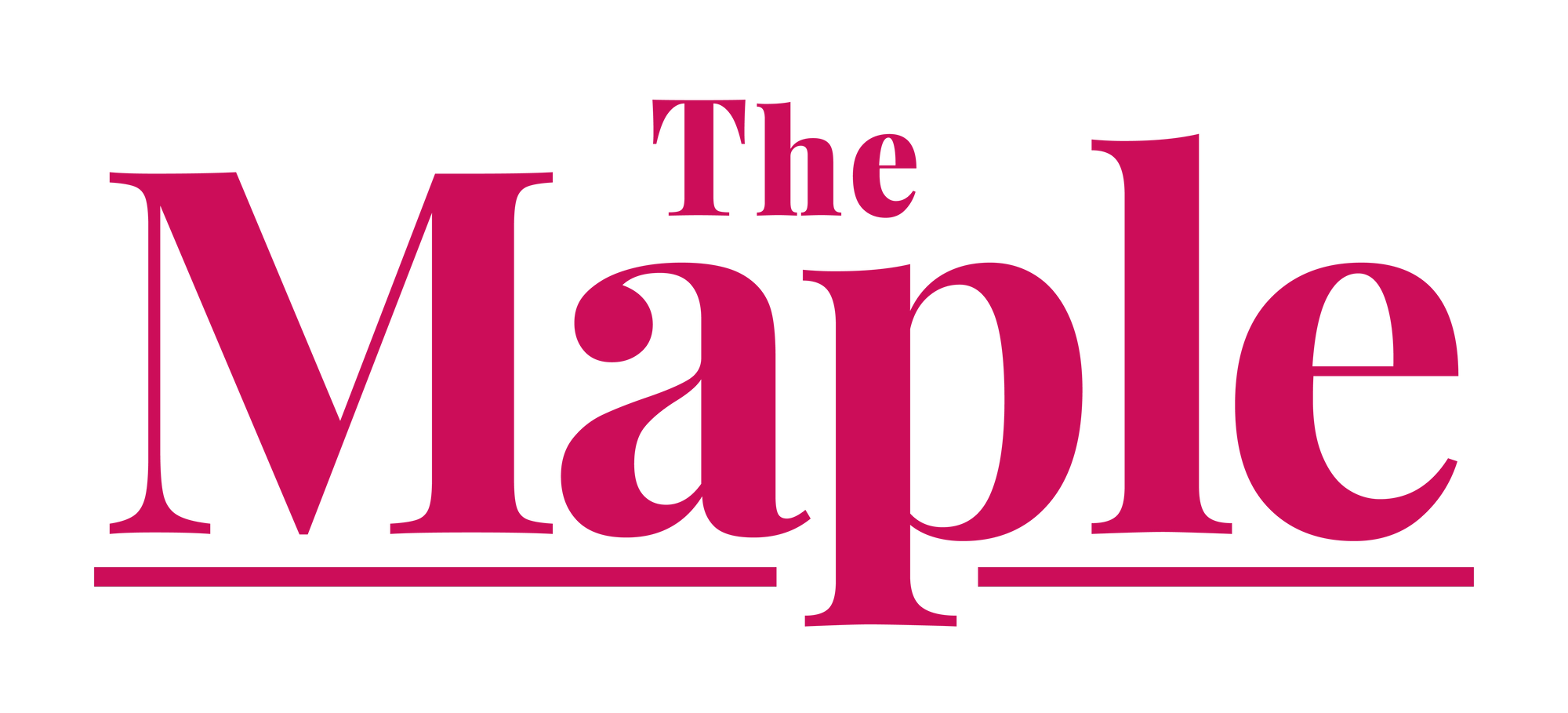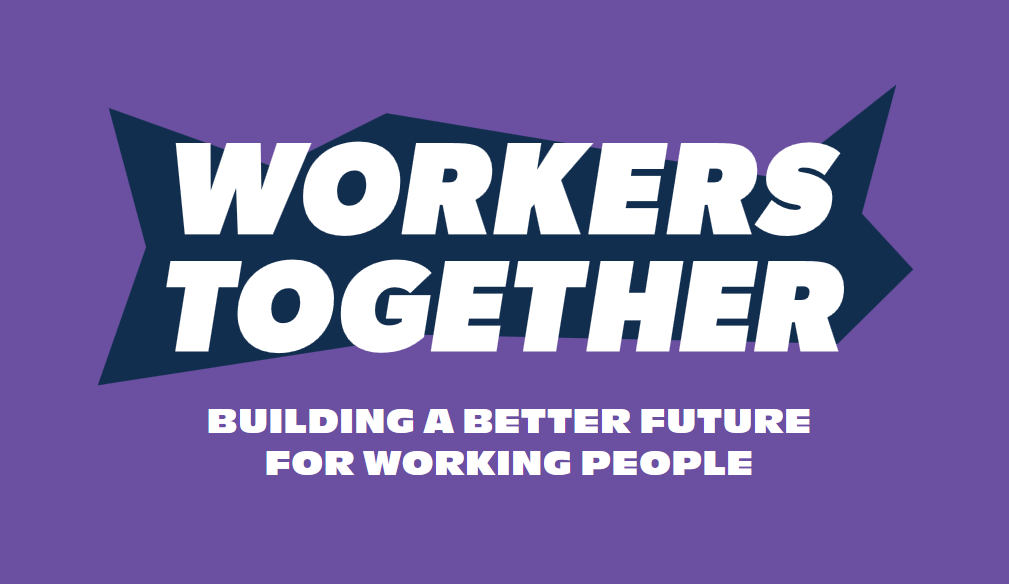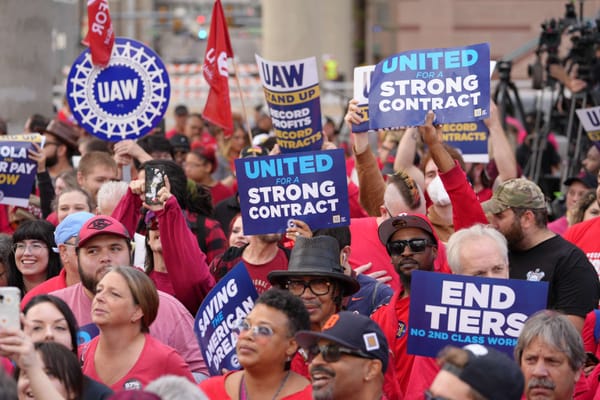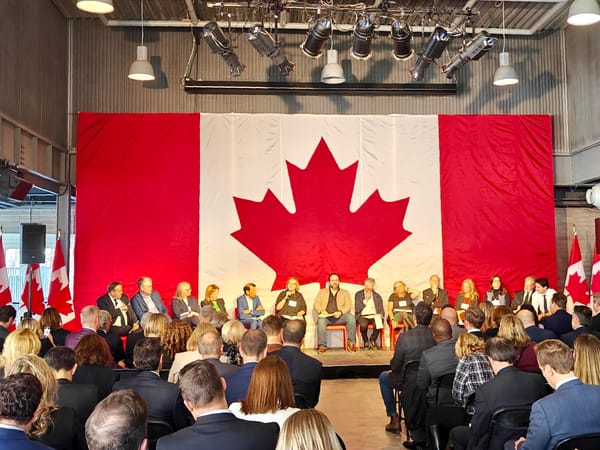
This is the first of a two-part series on the role of the labour movement during the ongoing federal election. In it, I look at the policy priorities of major unions and labour federations in Canada. Next week, in examining parties’ quest for union endorsements, I will consider the historical relationship between unions and political parties in Canada.
Unions and labour federations are vying to shape the policy priorities of the next federal government. Indeed, if Canadian politics shift as far to the right as the campaigns of both the Liberals and Conservatives suggest it will, working-class Canadians will need an activated labour movement more than ever.
The platforms and policy documents issued by labour thus far include a compelling list of progressive ideas to transform Canada’s economy and society. But the question remains: Does labour have the bargaining power and strategic leverage to compel federal candidates and politicians to adopt a worker-friendly agenda? Perhaps more importantly, can unions mobilize members in support of transformative change?
Since we are in a federal election, it is instructive to look at what those unions with national reach have released thus far.
Unions with strong affiliations to the NDP, such as the Canadian Union of Public Employees (CUPE), are focusing on member education and mobilization. CUPE has a robust election campaign strategy, along with guides for members outlining why the union is engaged in federal politics and how members can get involved in election-related mobilizations. As a “partisan union,” CUPE promotes and supports the NDP, and has released material warning members and the public about the dangers posed by a Poilievre government.
Other unions are connecting their workplace fights with the issues of the election, such as protecting public services. For example, the Public Service Alliance of Canada (PSAC), the largest union of federal public servants, has an ongoing campaign, “For You, Canada,” that frames the election in terms of protecting public services and warns voters of the risks of cuts by any future government. In contrast to the attacks on public unions by the Trump administration, PSAC’s press release contends: “We need a government that respects workers’ Charter right to join a union, upholds their access to free and fair collective bargaining, and ensures that all workers have access to fair labour standards in their workplaces.”
The Canadian Federation of Nurses Unions (CFNU) is highlighting “the deplorable state of health care in Canada” and calling on federal parties to address the crises in staffing and safety through concrete action. As the federation of nurses’ unions from across the provinces, CFNU focuses on national issues and is the body that directly contends with the federal government when it comes to health-care policy.
The National Union of Public and General Employees (NUPGE), an umbrella organization of 13 component unions representing members across the country, has released various campaign-focused policy documents addressing issues of public concern to their members. For example, the union is especially focused on post-secondary education and is calling on the federal government to reinvest in it. As part of its member education, NUPGE has a helpful website for comparing federal parties’ records on key issues of concern for union members, from workers’ rights to education, health care, tax fairness and climate change.
Although many unions participate in electoral politics directly in the ways outlined above, the major way that labour engages in politics is through labour federations. As the central body for labour across Canada, the Canadian Labour Congress (CLC) is the primary political arm of the union movement. On March 24, the CLC launched its federal election platform, “Workers Together: Building a Better Future for Working People.” The platform focuses on a number of labour’s most important policy areas, including meeting the tariff threat with a worker-centred response, addressing the affordability crisis, strengthening public health care and pharmacare, building a fair tax system, and solving the housing crisis.
Given the CLC’s place in the Canadian labour movement, it is worth reviewing its policy program for this election in detail.
To meet the challenges of the American trade war, the CLC proposes a number of emergency measures, many of which are noteworthy for their ambition. As the CLC’s platform notes, “U.S. pressure is increasing longer-term uncertainty about the Canadian economy and causing firms to reconsider Canada’s place in future investment and production decisions.” In addition to expanded Employment Insurance (EI) benefits, emergency wage subsidies and accelerated work-sharing programs, the CLC urges consideration of emergency public job creation, a domestic industrial strategy, and plant conversions in tariff-impacted communities.
To address affordability, the federation is calling on the next government to rein in corporate profiteering through the use of price caps on essential food items and windfall taxes on the excess profits of energy companies and food retailers. As well, it wants increased pension security through an extended Canada Pension Plan (CPP) to make up for the fall in workplace pension coverage. “Employers can shirk their responsibility to provide a workplace pension, but they have to pay into CPP,” the platform correctly points out. Moreover, Workers Together warns that the Conservative Party’s stated policy is to strip public servants of their defined-benefit pensions, targeting the retirement security of firefighters, teachers, nurses and a range of other public sector workers.
Importantly, the CLC wants an investment strategy for good jobs. This starts with the Bank of Canada adopting a “dual mandate” to make full employment part of its official policy objectives. It also includes tasking the public sector with providing well-paying jobs in areas of social need. To help youth, the Congress proposes a guarantee that within three years of leaving high school every youth has access to a job in a Green Jobs corp, skills training or further education.
In the realm of health care, the Congress policy agenda is especially robust. It calls for universal public pharmacare, a proper public and universal dental program, public long-term care to drive profit-seekers out of elderly care, universal and accessible home care, public mental health-care services, and a workforce strategy to address the critical staffing shortages that plague the health-care system.
The CLC’s housing demands centre on the construction of non-market housing and on attacking the financialization in the housing market. As the Workers Together platform rightly argues, “Canada’s housing crisis is the predictable result of allowing corporate landlords and investors to treat housing as an income-generating asset rather than a basic need.” It calls on the Canada Mortgage Housing Corporation to commit to building 1 million affordable homes, including 500,000 over the next five years. To meet the needs of renters, the platform calls for a meaningful Renters’ Bill of Rights and a nation-wide rent control strategy.
The portion of the CLC’s policy document devoted to tax fairness advocates returning the capital gains tax inclusion to 75 per cent, raising the corporate tax rate to 20 per cent, introducing a windfall profits tax and returning the top marginal tax rate to where it was immediately following the Second World War: 70 per cent. Even more ambitious, the plan demands the creation of a wealth tax, paired with a crackdown on tax avoidance by the rich.
Next, the labour federation seeks a climate transition plan with workers at the centre. This plan would be harnessed to the task of addressing the climate crisis with a green industrial strategy while transitioning away from export dependence on the increasingly chaotic United States. The strategy would entail greening physical and social infrastructure, transforming electrical generation and transmission, overhauling transportation and transit, and decarbonizing industry and housing. Bringing such ambitious plans to fruition, according to the CLC, would require the creation of a public investment bank to finance the climate build out and the extension of training support for workers across the country.
The CLC also reiterates its long-standing demand to fix the broken EI system by permanently lowering eligibility, raising benefit levels, ending clawbacks related to severance and other payments, and requiring that the government again contribute to the program.
Pushing back against anti-immigrant politics, the platform calls for enhanced settlement services, the elimination of employment discrimination, and improvements to skills recognition, noting that, “Immigration policy should be governed by the medium- and longer-term goals of nation-building, not the short-term demands of employers.”
To further address issues in the workplace, the CLC wants barriers to unionization removed and improvements to workplace health and safety enforcement as well as better labour standards for those in precarious employment.
Welfare state improvements are also central to labour’s agenda. In particular, the Workers Together platform calls for building and improving the national childcare program to ensure all families have access to high-quality, not-for-profit childcare. As well, it demands improvements to the new Canada Disability Benefit to ensure the program meets its goal of reducing poverty for those with disabilities.
“Canada stands at a crossroads. One path leads to more corporate profiteering, economic insecurity, and deeper inequality. The other path – the one Canada’s unions are fighting for – leads to an economy that puts workers first,” the platform document concludes.
Taken together, Workers Together is an ambitious and laudable political program. Were there a party running on it, the left would truly have something to mobilize around.
The issue, however, is that there isn’t a party campaigning on anything nearly this radical. The ostensible party of labour and what remains of social democracy, the NDP, while running to the left of the Carney Liberals, as expected, is not offering anything remotely this ambitious. Moreover, the NDP has steadily shed support and looks poised to lose several of its currently small number of seats.
Without a party fully embracing labour’s agenda, the movement is left with an ambitious wish list. Although the CLC has traditionally had strong ties to the NDP, the labour federation’s press release indicates that, “Canada’s unions are ready to work with political leaders who will deliver results for workers and their families. The solutions outlined in the Workers Together platform offer a clear path forward for any party serious about supporting working families.”
For labour’s issues to be taken seriously, however, the movement needs two things: 1) mobilized members with the structural power to put its agenda on the table; 2) a political party that truly champions its policy priorities. Without these, we are left with great ideas and a strategy of talking at (likely Liberal) politicians with little to no intention of acting.
It is to the breakdown of the union-party relation that we will turn next week.
Recent Class Struggle Issues
- March 31 | The Liberals And Conservatives Are Proposing Terrible Tax Cuts
- March 24 | Carney May Be Better Than Poilievre, But Serious Issues Remain
- March 17 | North American Auto Unions Clash Over Trump’s Tariffs
- March 10 | Canada’s Response To Trump’s Trade War Must Centre Workers







